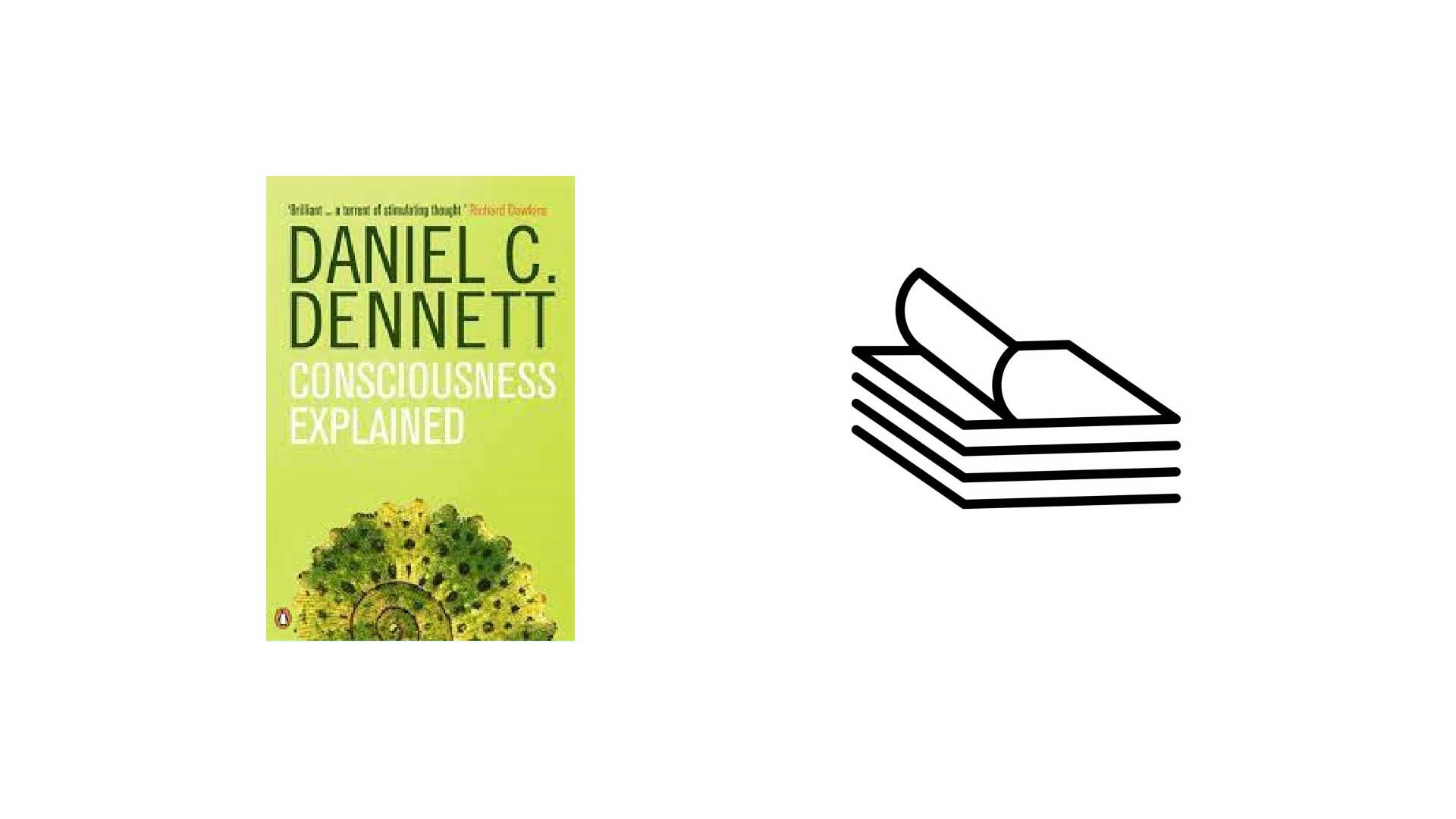In chapter five of his book “consciousness explained”, Dennett debunks the Cartesian Theatre idea and introduces his theory: the Multiple Drafts Model. Descartes’ idea, also known as Cartesian Theatre, persisted until the 20th century. Dennett dedicates a significant portion of his book to refute this notion.
Descartes posited the Pineal gland as the gateway to brain consciousness, located at the centre of the brain, and as small as the seed of a pea. According to his idea, we perceive a sensation when it reaches the Pineal gland. We may sense heat or a pinprick after it travels via the nervous system and arrives at the gland. However, the theory of Cartesian Theatre can be challenged. How can we specify the Cartesian endpoint of sensory data when multiple signals enter the brain simultaneously from various senses and channels?
Dennet proposes a “Multiple Draft” model of consciousness that is similar to the editing of a magazine where multiple drafts are considered for publication. However, in Dennet’s model, there may be no final issue because there’s no brain delimiter to select it. To illustrate this, Dennet asks us to consider a hypothetical dubbed video of human lips mouthing ‘light to reft’ and ‘right to left’, while the audio is the opposite. We ignore the mouth video and understand ‘from right to left’. But what if the audio and video matched? In this case, the mouthing video draft wins. Over time, there are multiple drafts at multiple stages of the editorial process; drafts iterate and the model assumes no end to that continuum.
Dennett challenges his model with two main examples.
In the first, we briefly see a green light followed by a red light. In this case, we would notice only the red light. Did we register the green light? The red light draft wins anyway.
The second example involves an error: we go to two parties on two consecutive days and assume we see a woman with a hat on one of the two days but actually we got it wrong. We have actually seen the woman but she did not wear a hat. Dennet uses this hypothetical misremembering to explain many other examples in the book, calling it the “Orwellian experience” while referring to the propaganda ministry in George Orwell’s novel ‘1984’, where history is changed retrospectively and a new account imposed. Hence, there is a ‘correct’ perception, but a false memory.
Dennett raises the Orwellian experience to challenge the Cartesian Theatre. The “Stalinesque experience” is another challenge to the Cartesian Theatre: the registering of events in memory is correct, but consciousness is wrong. He calls it ‘Stalinesque’ in reference to the Stalin trials in the 1950s where the trials were presumptively based on false evidence but the memory of the trials successfully registered and was not mistaken. The memory is correct but consciousness is wrong.
Dennett agrees with the American philosopher Nelson Goodman that the brain restructures content retrospectively from the drafts that are continuously being edited and derived from different sources. But Dennett sees that the brain does not need to do this continuously; it is a waste of time and effort. Rather, the judgement about a specific draft is always available when the brain needs it, freeing mental resources that can be dedicated to other tasks.
How does the Multiple Drafts model work? When you look at an object, the visual stimulation will trigger multiple trains of events in the brain cortex. Gradually, they start to head into a more accurate recognition of what is being seen. Multiple decisions and judgments are created in multiple areas of the brain, while multiple brain states are also activated. The brain registers location, shape, colour and motion, and needs some time to be clear about them until finally, the object gets recognised.
We might ask where that recognition happens. The answer is nowhere: there is no specific area in the brain where the process happens. There are brain states that die, get deactivated, trains that fade off without any traces, and others that may leave some traces as a result of something we say based on them. Other paths could leave certain feelings but there is no location in the brain where all these trains arrive and discharge their content.
Have you ever noticed when you drive for miles you are not conscious of your actions? It is almost like another person was driving the car. Were you not really aware? That unaware driving (also called highway hypnosis) is an example of consciousness with a rapid loss of memory. Dennett uses this example to show how we can be conscious of something while not noticing it.
Another example is when a clock stops ticking and we suddenly notice. Were we not aware of the clock ticking all the time? Surely, but why did we notice it only when it stopped?
These two examples challenge the Cartesian theatre hypothesis and show that there might be some ongoing trains that do not really end at any point in the brain.
Read more on this series:


0 Comments